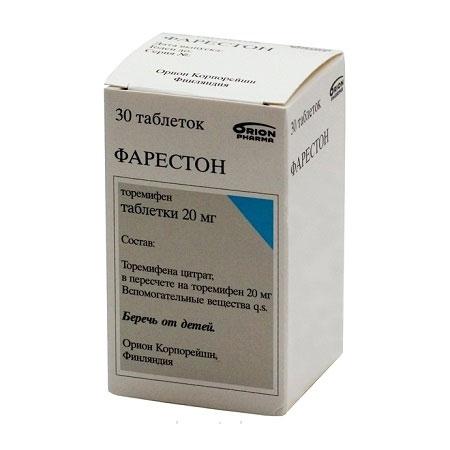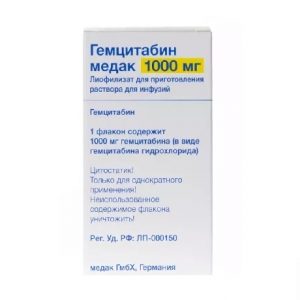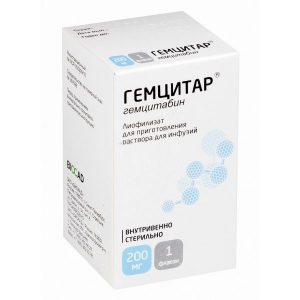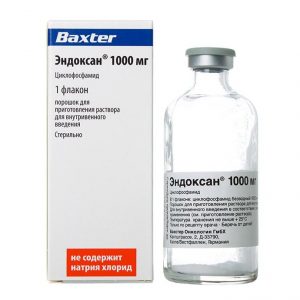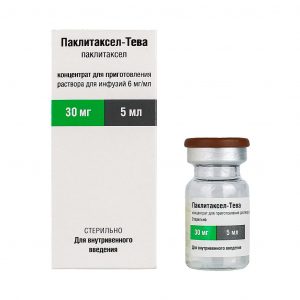Description
Latin name
FARESTON
Tablet Release Form.
packaging 10 tablets in blister packs. In a cardboard box 3 blisters.
Pharmacological action of
Pharmacodynamics of
Antitumor antiestrogenic non-steroid drug derived from triphenylethylene.
Toremifene specifically binds to estrogen receptors, competing with estradiol, inhibits estrogen-induced DNA synthesis and cell replication. At high doses, toremifene may have an antitumor effect unrelated to estrogen-dependent action.
In patients with breast cancer, the antitumor effect of toremifene is mainly associated with its antiestrogenic activity, although other mechanisms cannot be excluded (regulation of oncogen expression, secretion of growth factor, induction of apoptosis, effect on the kinetics of the cell cycle).
Pharmacokinetics
Absorption
After oral administration, toremifene is completely absorbed. Cmax in blood plasma is reached after 3 hours (2-5 hours). Eating does not affect the completeness of absorption, but can increase the time to reach Cmax by 1.5-2 hours. These changes have no clinical significance.
Distribution of
Binding to plasma proteins (mainly albumin) – 99.5%. Css in the blood plasma is established within 3-4 weeks (at a dose of 60 mg / day).
Metabolism and excretion
The fast phase of distribution with an average T1 / 2 of about 4 hours (2-12 hours) begins the phase of slow excretion with an average T1 / 2 of about 5 days (2-10 days).
Toremifene is metabolized in the liver by hydroxylation and demethylation with the participation of the CYP3A4 isoenzyme to form the active metabolite, N-demethyltoremifene. The average T1 / 2 of N-demethyltoremifene is 11 days (4-20 days). In the blood serum, 3 more metabolites were found: deaminohydroxytoremiphene, 4-hydroxytoremiphene and N, N-didemethyltoremiphene. The total clearance is 5 l / h.
It is excreted through the intestines, mainly in the form of metabolites, about 10% – by the kidneys.
Indications
Estrogen-dependent breast cancer in postmenopausal women.
Contraindications
Endometrial hyperplasia (including history)
severe liver failure (including history)
thromboembolism (including history)
pregnancy
lactation (breastfeeding)
hypersensitivity to the drug.
Precautions: prescribe the drug for leukopenia, thrombocytopenia, hypercalcemia (including with metastases to bone tissue).
Use during pregnancy and lactation
Fareston is contraindicated in pregnancy and lactation (breastfeeding).
Composition
1 tablet contains:
Active substances: toremifene (in the form of citrate) 20 mg.
Excipients: corn starch, lactose, povidone, sodium starch glycolate (type A), magnesium stearate, microcrystalline cellulose, anhydrous colloidal silicon.
Dosage and administration
Assign inside. The dosage regimen is set individually.
As a standard dose for first-line hormone therapy, a dose of 60 mg daily is recommended for a long time.
When prescribing Fareston as a second line of hormonal treatment, the dose of the drug can be increased to 240 mg / day (120 mg 2 times / day).
When signs of disease progression appear, the drug is canceled.
Side effects
Effects due to antiestrogenic effects: most often – paroxysmal fever (hot flashes), excessive sweating, vaginal bleeding or discharge, increased fatigue, nausea, rash, itching in the genital area, fluid retention, dizziness, depression. These effects are usually mild.
From the endocrine system: rarely – weight gain.
From the digestive system: rarely – anorexia, vomiting, constipation.
From the side of the central nervous system: rarely – headache, insomnia, increased transaminases in some cases – severe violations of the liver (jaundice).
From the side of the organ of vision: rarely – visual impairment, including changes in the cornea, cataract.
From the cardiovascular system: rarely – deep vein thrombosis, pulmonary embolism.
Dermatological reactions: rarely – skin rash, alopecia.
Other: rarely – shortness of breath.
In patients with bone metastases, there were cases of hypercalcemia at the very beginning of treatment.
Increased risk of endometrial changes such as hyperplasia, polyposis, and cancer. This can be caused by the main pharmacological property of the drug – estrogen stimulation.
Drug Interaction
Drugs that reduce renal calcium excretion (including thiazide diuretics) may increase the risk of hypercalcemia.
Inductors of microsomal oxidation (eg, phenobarbital, phenytoin or carbamazepine) can accelerate the metabolism of toremifene, reducing its serum concentration. In such cases, the daily dose should be doubled.
Interaction between anti-estrogens and warfarin may lead to marked increases in bleeding time (simultaneous use of toremifene and drugs in this group should be avoided).
Theoretically, the metabolism of toremifene may be slowed by the influence of the CYP3A4 isoenzyme inhibiting drugs, with the participation of toremifene metabolism. Such preparations include ketoconazole and other similar antifungal drugs, as well as erythromycin, oleandomycin.
Overdose
Symptoms: dizziness, headaches, nausea and / or vomiting were observed with a daily dose of Farreston 680 mg. Theoretically, overdose may be exacerbated by anti-estrogen effects (hot flashes) or estrogen effects (vaginal bleeding).
Treatment: carrying out symptomatic therapy.
Storage conditions
Store in a dry place inaccessible to children at a temperature of 15 ° to 25 ° C.
Expiration
5 years.
dosage form
dosage form
tablets
Orion Corporation, Finland
